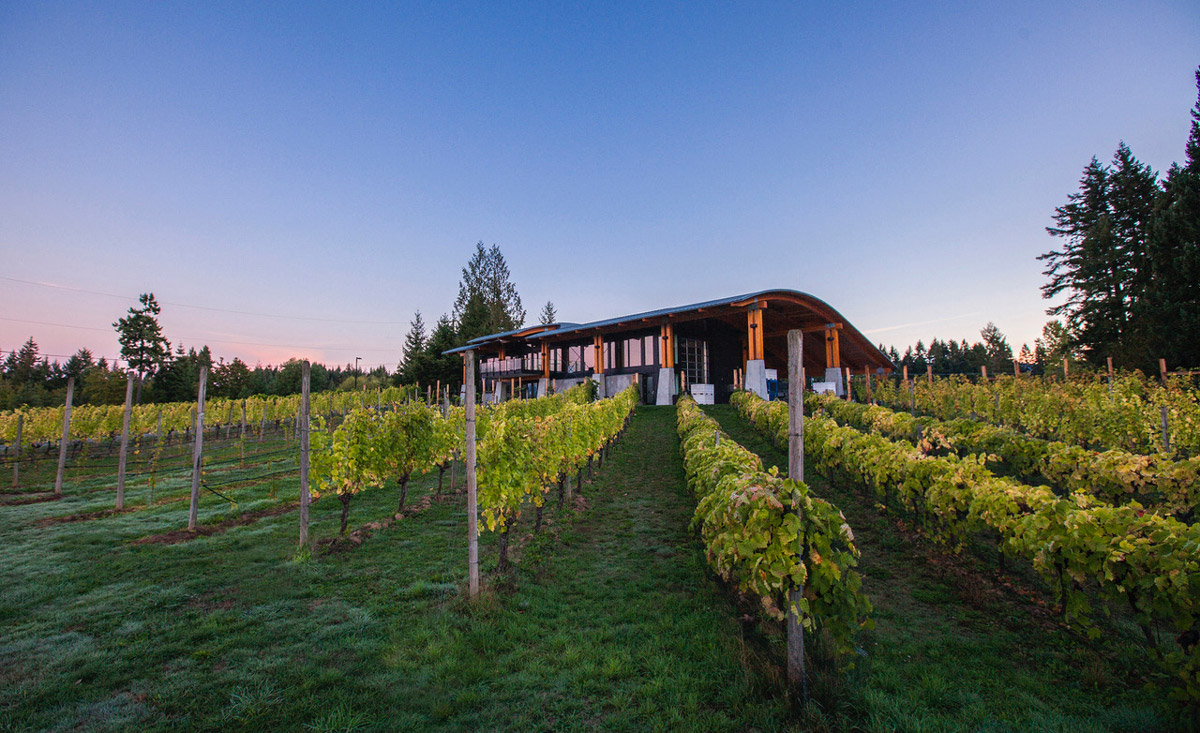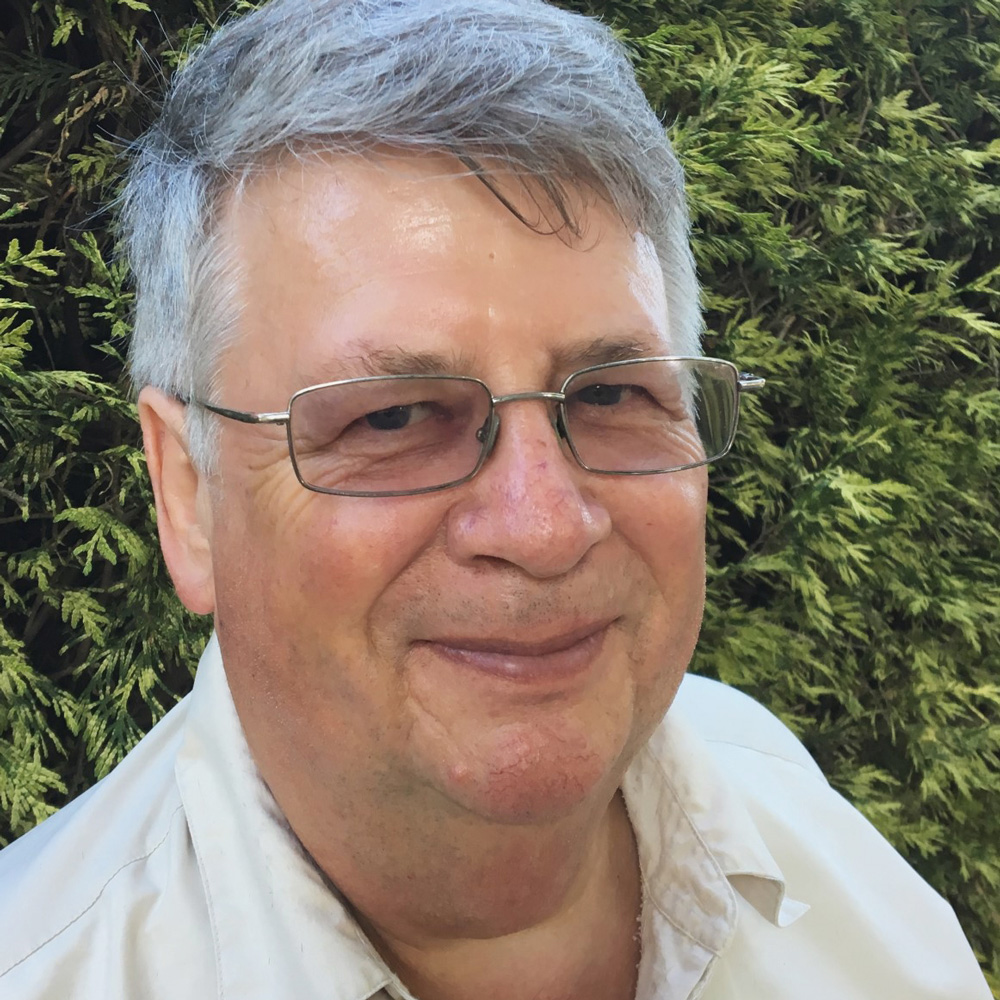
Wine Culture Magazine

Christina and Paul Brunner. Jacqueline Downey photo
A major B.C. wine story that slipped under the radar was the late December 2022 sale of Blue Grouse Estate Winery and Vineyard to members of the Jackson family. Blue Grouse is the second Vancouver Island winery to be purchased by the folks who, through Jackson Family Wines, own the likes of Kendall Jackson, Matanzas Creek, Cambria and several others. The first was nearby Unsworth Vineyards, which changed hands in 2020.
Second- and third-generation members of California’s pre-eminent wine family acquired the winery as part of an ongoing program to diversify their global portfolio. It now numbers some 40 vineyard and winery properties in California, Oregon, Washington, Italy, France, Chile, South Africa and Australia, with increasing emphasis on cooler climate regions.
Paul Brunner and family purchased Blue Grouse (vineyard established in 1989) from the founding Kiltz family in 2012. Over the past decade, they nurtured the estate into one of the region’s flagship producers.
The affable Brunner—who adopted as his moniker “the Blue Grouch”—says his family was united in feeling the winery had grown to a point where it required more time, effort and energy than they could commit.
“We were on the cusp of having to make a rather large, multi-million-dollar investment to take it to the next level. It was getting too big to run things the way we were,” confided the proprietor. “We decided it was a case of either ‘sell it or shoot it.’ Selling was the obvious solution. And the first call I made was to Jackson.”
It also turned out to be the only phone call Brunner made, in great part because the path on which his family had embarked with Blue Grouse closely parallels the Jackson family’s mantra of environmental stewardship. Jackson Family Wines co-founded International Wineries for Climate Action and has played a significant role in establishing California’s now widely adopted sustainability program.

Photo courtesy Blue Grouse Winery
The striking new winery built by the Brunners and unveiled in 2014 includes several sustainable elements, including a geothermal heating and cooling loop as well as a system that considerably reduces the amount of water used in the winemaking process by sending used and grey water back into the aquifer through a series of in-ground bioreactors. In addition, access roads and parking areas are unpaved, which allows rainwater to soak back into the ground.
Expected to complete by year end 2023 is a full organic transition, both in the vineyard and winery. Also in development is a new organic vineyard on a major parcel of 43 adjacent acres recently purchased which, when added to the existing vineyard, will make Blue Grouse one of the Island’s largest estates.
Brunner reckons the sale is a “wakeup call” for the Okanagan, noting that “there are some real people out there looking at other parts of B.C.” He firmly believes that the Jackson family members “have the ability to take the Cowichan Valley wherever they want to in the world—far better than any of the other guys playing in Canada.”
He’s convinced (along with the new owners) that the Cowichan “will become a serious winemaking region, a premier area for Pinot Noir and Chardonnay. We are just getting started. In the long term all the hybrids will disappear. It’s about those two varieties,” he says, “as well as sparkling wines. … They’re going to make something happen. And they have the wherewithal to do it.”
As to just why he feels bullish on the future of the Cowichan, Brunner points to the process of establishing the Cowichan Valley as a Sub-GI. “I agreed to underwrite the cost. [Blue Grouse winemaker] Bailey Williamson ran with it—and every single winery in the valley contributed their share, so that speaks highly to the future.”
As to whether he has any regrets, “these things come with big emotions,” says Brunner. Tongue in cheek, he adds: “When we bought, my daughter thought she was getting a horse, my wife a little house on the prairie and I thought I was getting a little business. At the end of the day, none of us got what we wanted, and the business took control. And we invested an awful lot of money.”
Brunner admits he’s disappointed he won’t reap the rewards of the new plantings and expanded acreage. Nevertheless, he is proud of what was accomplished under his family’s tenure.
“Our idea of stewardship says: It needs to be better when you left it than when you found it. We just needed another 10 years to get it to the next level, and to turn it into a good, profitable business,” Brunner says. “I’m glad to be out of worrying about it, though sad that we didn’t see it through to the end. But … it was a good ride!”

Tim Pawsey writes and shoots at hiredbelly.com as well as for publications including Quench, TASTE and Montecristo. He’s a frequent wine judge and is a founding member of the B.C. Hospitality Foundation.

Tim Pawsey writes and shoots at hiredbelly.com as well as for publications including Quench, TASTE and Montecristo. He’s a frequent wine judge and is a founding member of the B.C. Hospitality Foundation.
Copyright © 2025 - All Rights Reserved Vitis Magazine